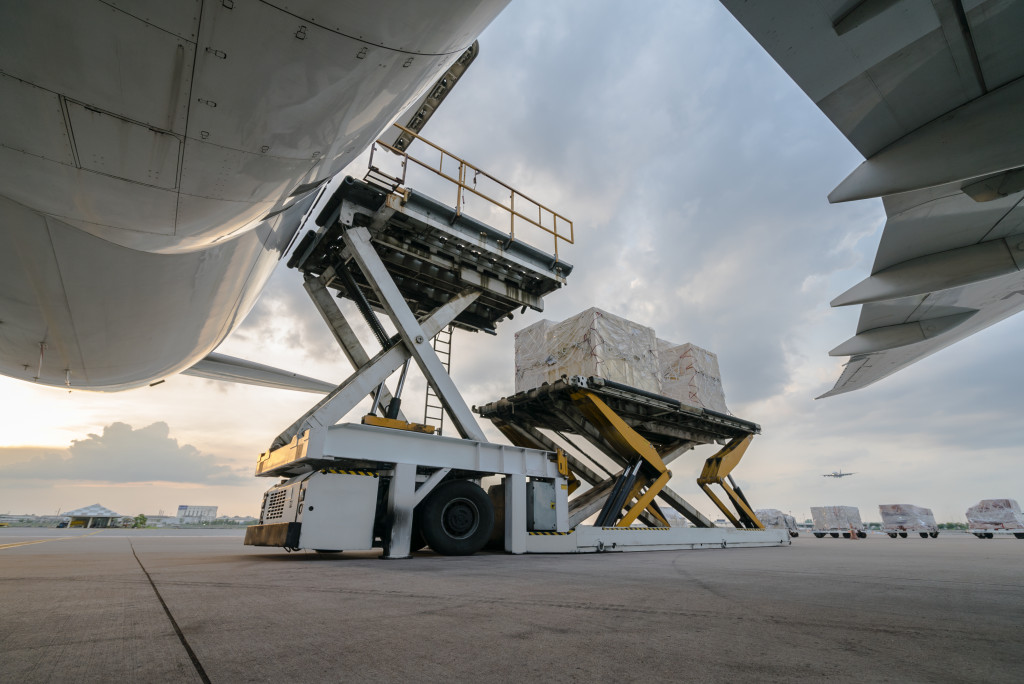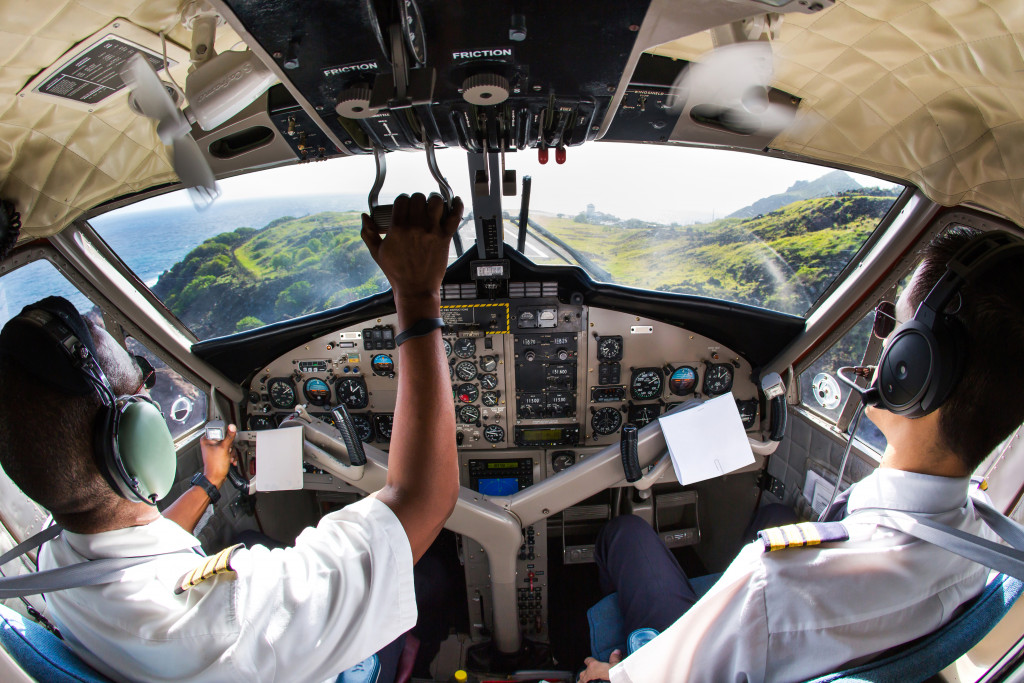Air travel is one of the safest forms of transportation available. Despite many people’s fear of flying, the technological advances in aviation have made air travel much safer than it was in the past. According to reports, the odds of a plane crash are about one in 11 million. Still, even with these odds, airlines and airplane manufacturers are constantly working to make flying safer.
Some of the latest safety features in aviation technology include the following:
Better Cockpit Doors
In the past, cockpit doors were not as secure as they are today. One can open cockpit doors from the inside and outside with relative ease. This meant that if a hijacker could get into the cockpit, they could easily take control of the plane. It also means anyone, even regular passengers who accidentally entered the cockpit, could easily cause an accident.
Now, most commercial airlines have much better security on their cockpit doors. They only use an electronic keypad that is only accessible to the pilots. There are also deadbolts and other mechanisms in place that make it much more difficult for someone to enter the cockpit without permission.
Improving cockpit safety meant making sure that only authorized personnel could enter. This gives pilots a better chance to take action if there is a problem on the plane. Pilots also get to focus on their job with minimal-to-no distraction from passengers.
Autoland Systems
Before, only pilots could land a plane during good weather conditions. If the visibility is poor or the pilot is experiencing any other problem, then air traffic control will take over and land the plane for them. This process is called an autoland.
Now, however, there are autoland systems that can land the plane without help from air traffic control. These autoland systems use sensors and GPS to land the aircraft safely. This is a great safety feature, especially during bad weather conditions when visibility is poor, or pilots in charge may be experiencing problems.
Enhanced Ground Proximity Warning Systems
The system is a safety feature first introduced in the 1970s. This system uses radar to detect terrain and obstacles. It then warns pilots if they are getting too close to the ground or any obstacle.
Back in the day, this system was not very reliable. It would give false warnings or, worse, not work at all. This made it difficult for pilots to trust the system and take action when necessary.
Nowadays, however, experts enhanced the ground proximity warning system. It is much more reliable and gives pilots more accurate information. This helps them avoid accidents and make better decisions while flying.
More Secure Baggage Areas

Another area of vulnerability on an airplane is the baggage area. This is where airport bagger handlers put all the luggage for a flight. In the past, there have been accidents where luggage shifted during a flight and caused the plane to crash.
On one event in 2008, the baggage area’s door opening caused a small plane crash. The Federal Aviation Administration now requires that all baggage areas on planes have more secure doors to prevent this from happening again. This helps prevent accidents caused by shifting luggage.
In addition, the FAA also requires that all airports properly secure the baggage areas before a plane takes off. This helps ensure that everything stays in place during the flight and prevents accidents.
Airlines now take extra measures to secure the baggage area to prevent this from happening again. They use stronger straps and better materials to maintain the luggage. They also use sensors to monitor the baggage area and make sure that everything is secure. Baggage area doors are also stronger and more secure now.
Automatic Dependent Surveillance-Broadcast (ADS-B)
One of the latest additions to aviation safety is the Automatic Dependent Surveillance-Broadcast (ADS-B). This technology helps improve situational awareness for pilots and air traffic controllers. It also helps reduce the risk of mid-air collisions.
ADS-B works by broadcasting the location of an aircraft to other aircraft and air traffic control. The system updates the information every few seconds, so everyone always knows the latest position of each plane. This is extremely useful, especially in areas with a lot of air traffic.
Pilots use ADS-B to make better decisions and avoid accidents mid-air. Since this technology is still relatively new, not all aircraft are equipped with it yet. But, in the future, ADS-B will become more common and help make flying safer.
Higher-Quality Aircraft Materials
Over the years, aircraft manufacturers used strong and light materials to build airplanes. This helps improve fuel efficiency and performance. It also helps make the aircraft safer.
For example, in the past, manufacturers used aluminum to build airplane fuselages, also known as the plane’s body. This was strong enough to hold the aircraft together but was also quite heavy. As a result, airplanes needed to use more fuel to fly.
Nowadays, manufacturers are using composite materials to build airplane fuselages. These materials are much lighter than aluminum but are just as strong. This helps improve fuel efficiency and makes the airplane safer. In the event of a crash, these materials are more likely to stay intact.
Another example is the use of better and stronger materials for airplane tires. In the past, aircraft tires were made of rubber and filled with air. These tires were strong enough to support the weight of an airplane but were also quite vulnerable to punctures. If an aircraft tire gets punctured, it could cause the plane to crash.
These days, manufacturers are using more robust materials like Kevlar for aircraft tires. These tires don’t require air, making them much more puncture-resistant and helping improve safety. They make sure to only buy from reliable suppliers who sell quality aviation parts for their aircraft to ensure the safety of their passengers and employees.
Thanks to advances in technology, flying is now safer than ever before. These new technologies are helping pilots avoid danger and land planes safely in emergencies. As these technologies become more widespread, we can expect even greater levels of safety in air travel.
